Often times our female patients have both leg varicose veins and pelvic varicose veins. Although these veins are in different locations both sources can be symptomatic to the patient. The question then becomes “which do I treat first?”
The problematic veins although similar in pathology and symptoms are treated in different methods. The legs are treated as an in office procedure involving the use of EVLA, sclerotherapy, and ambulatory phlebectomy. The pelvic veins are treated with a same-day hospital procedure called a venogram with coil embolization. The goal with both procedures is to close down incompetent veins that cause the symptoms. And while these are very different procedures often both procedures need to be performed to reduce the symptoms. The question of which procedure to do first really comes down to which problem is causing you the most pain.
There is not a 100% right or wrong answer to this question and so mostly it is a judgment call on the patient’s part. There are a few cases where the doctor may have a reason to treat one problem over the other but this is because it will be in the patient’s best interest.


